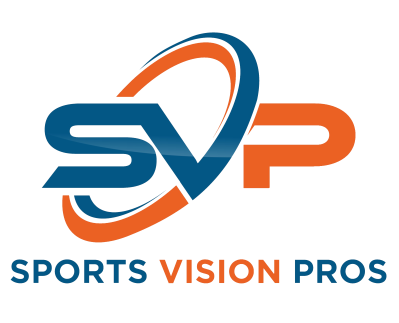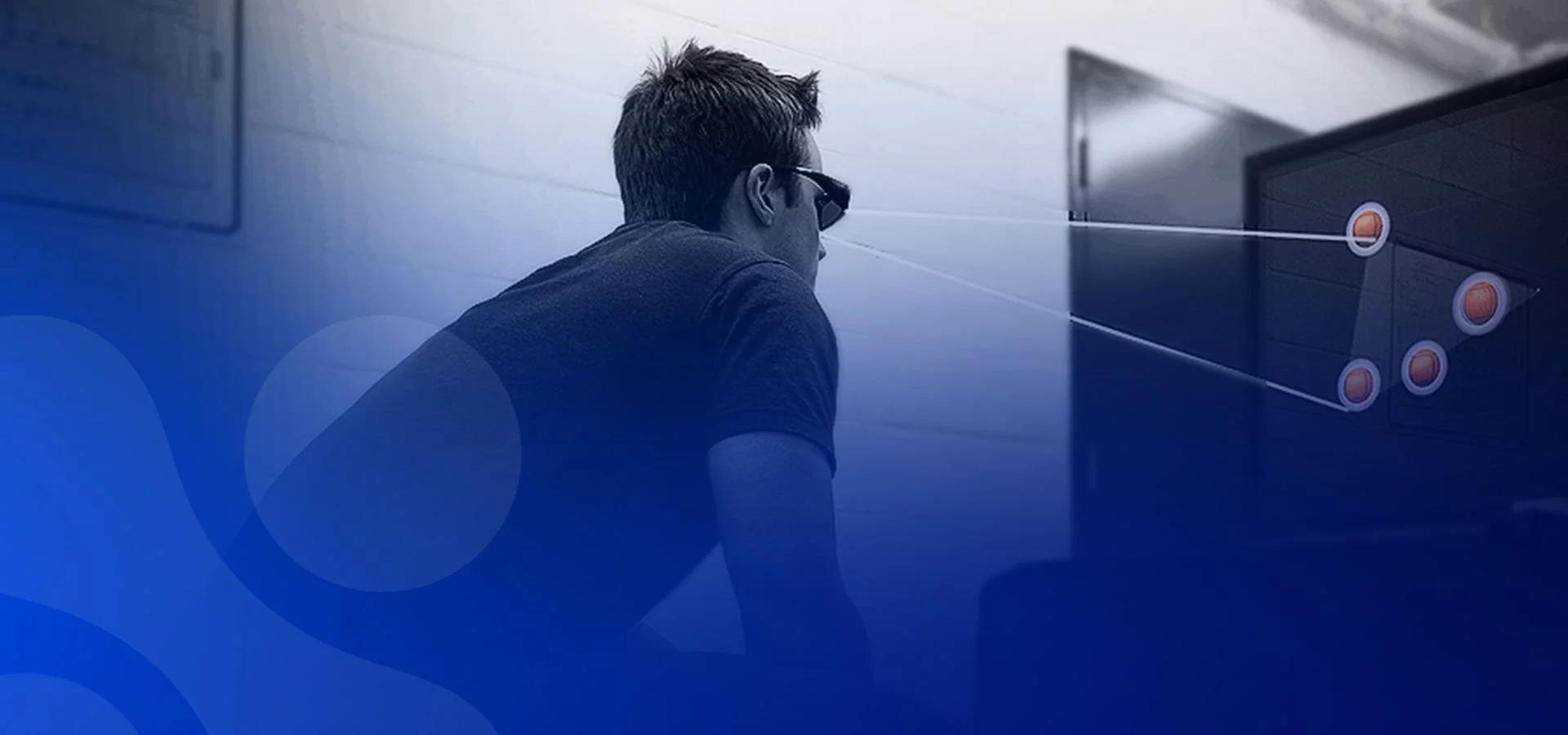Athletes - Basic Training
Processing multiple visual inputs from multiple sources more quickly (such as the ball, other players, and obstacles) can set yourself up for success and allow you to catch, maneuver, and pass more efficiently. If you can train to see the ball and other players more quickly, you may be able to react to the plays more quickly.
Incorporating some basic vision exercises can make your overall training program more efficient. Prior to incorporating vision training, make sure you receive a comprehensive sports eye exam. This will help in maximizing the possible return from your training.
Add Vision Skills to What You're Already Doing
It's usually best to incorporate aspects of visual performance into drills that are already being performed. Adding visual skills enhancement concepts into established training routines that you're comfortable with can substantially improve performance without adding additional time to the overall training session.
Basic Tips:
Here are some basic exercises and training tips you may want to incorporate in your training:
Dynamic tracking - Each one of your eyes has 6 muscles that help control its movement. Just like training your skeletal muscles helps in physical performance, so too can training your eye muscles.
To make sure you focus properly on the object/ball, we often put numbers, letters or colors on the ball or objects we are training with. In this scenario, not only do you have to accept or catch the ball, but also identify the character/color before you do.
Postural vision training - It's important that you train your visual system in the position that you perform. For example:
A baseball player should practice vision skill in their stance with head turned.
A luge athlete needs to practice vision skill while looking down to their cheeks.
A defensive lineman needs to practice reaction time while looking up.
Multiple object/skill tracking - This drill mimics the demands of your vision system in a game situation. By making you focus on more than one thing at once, it makes each simpler individual task more difficult and prone to confusion. For example:
Catching is simple. Balance can be easy. Catching while balancing can break down both systems. Training these together can greatly improve performance.
See our Basic Training Page for videos and instructions on incorporating vision skills into your training.
Work With Local Sports Vision Eye Doctors
Remember, these tips are simple tools to help improve basic vision performance. They will not replace an in-person comprehensive eye examination ,assessment, or training with an eye doctor or vision trainer. For more information about working with SV doctors and trainers in your area, visit
SVP's Find an SV Provider
AOA's Doctor Locator
Partners


















